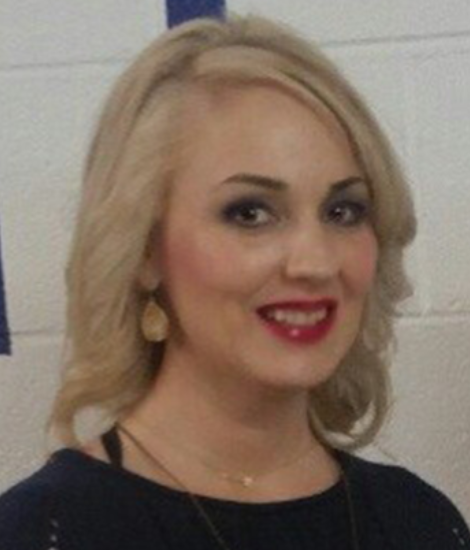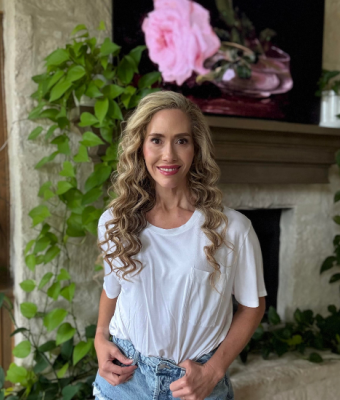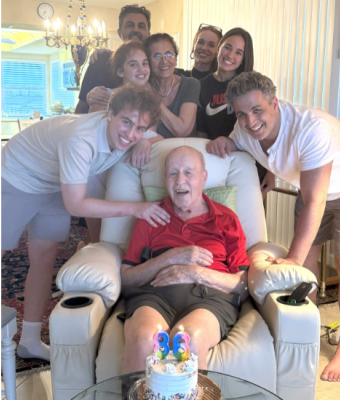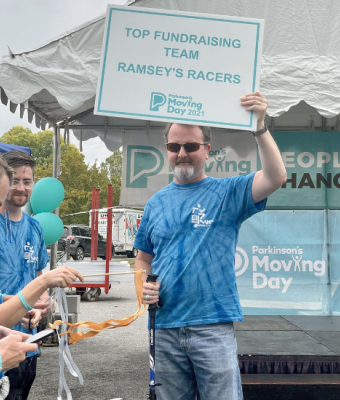My PD Story

Anicea Gunlock
Anicea Gunlock had goosebumps for hours after her patient went from using a walker to two-stepping.
Starting from their first session, Anicea knew her patient “Larry” was frustrated. He’d had physical and occupational therapy before to help with his Parkinson’s disease (PD) symptoms. His cognition was perfect, but his body wasn’t listening to his brain. Anicea went through her standard physical therapy exercises, but sought to do more for Larry.
“There has to be something else out there that might work better than just telling him to do the same thing over and over,” Anicea said. “That method wasn’t really helping anyone.”
She went home after their initial session and researched. She came across a study that used music to help facilitate a smoother gait pattern for people with PD. She set out to try it for their next session. She knew Larry liked country music, so she chose “Good Ole Boys Like Me” by Don William because it had a steady, slow rhythm, perfect for gait training.
There they were, in their second physical therapy session: Anicea, Larry and Larry’s wife. Anicea pressed play, the music started and Anicia told Larry to take his time, use his walker for support and stand in place for as long as he needed to, until he felt the beat.
“So we stand there for 20 seconds, he starts moving to the beat and off he went,” Anicea said. “It was instantaneous. He took off walking. I’ve never seen anything like it. No freezing, shuffling, going up on his toes. It was amazing. His wife was watching behind us with her hands on her mouth. She was shocked.”
It’d been years since Larry could move like that. After about 15 minutes he pushed his walker to the side and started dancing without it,” Anicea said.
“It was one of the best experiences I’ve ever had doing therapy,” Anicea said. She hit repeat on the song for the rest of the session. It was her first time trying dancing for gait training. She wasn’t equipped with more of a playlist because she couldn’t predict such a great outcome.
Since then she’s tried other songs, but the rhythm and beats didn’t work. “The song really has to have the perfect pace — it can’t be too fast, slow or all over the place,” Anicea said.
For their third session, Anicea asked Larry if she could record the dancing portion of their session. She never thought the video would turn viral. “The whole reason I posted it was to show other therapists how well music worked for gait training in hopes that they can have the same results,” she said.
Since then, Anicea and Larry’s occupational therapist have tried doing activities of daily living exercises to music. While the music helped, and sped up his movement it wasn’t as big a difference as his gait training.
“I’ve never participated in music or dance therapy classes, but I’m definitely interested in learning more about them now,” Anicea said. Since she’s posted the video she’s had other therapists tell her that music has also helped their stroke and dementia patients with exercises as well.
At the end of the day it’s all about her patients. Anicea still works with Larry. “We two-step every other session,” she said. “I try to incorporate his wife as much as possible when she’s there. I’ll play the music and let them dance the song away.”
Related Materials
Pain in Parkinson's Disease
Occupational Therapy and PD
Nutrition and PD
More Stories
from the Parkinson's community


